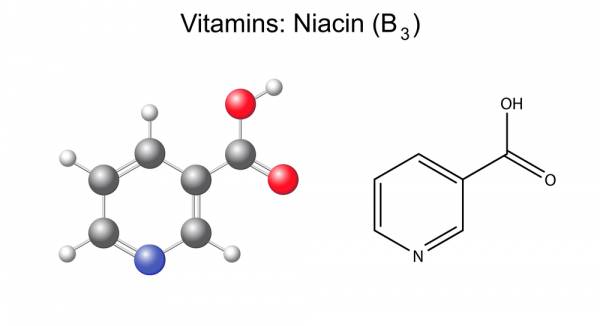Since my new gym opened a couple of months ago, one trend has surfaced that I just can’t ignore. I’ve been aware of this for quite some time, but it seems to be all the more prevalent nowadays.
Since my new gym opened a couple of months ago, one trend has surfaced that I just can’t ignore. I’ve been aware of this for quite some time, but it seems to be all the more prevalent nowadays.
What I’m seeing among my new trainees with no weightlifting background and even among a few with a weightlifting background is a driving need to engage in overly long warm ups. By overly long, I’m talking about anything over five minutes. The energy available to invest in training is precious. Why waste it in warming up beyond the minimum? This is just a poor use of energy.
Some Science About Your Body
A number of facts need to be taken into consideration to begin this discussion:
- Humans are mammals (homeotherms), which means that our core temperature is consistently near 37° Celsius (98.6° Fahrenheit). The temperature of our extremities is the only figure that needs raising.
- Aside from contracting, the primary function of muscles is to generate heat and in fact more energy is lost through heat than is generated as contractile force.
- Shorter, stockier body types lose heat less efficiently and thus maintain generally warmer extremities.
- Most terrestrial mammals (notable exceptions being tree sloths) can break into a full sprint with no warm up as either prey or predators.
What the Russians Know About Warming Up
Three decades ago I found that the Russians considered training energy precious and I found evidence of their efforts to preserve energy by not expending it in warm up.
First, I read a translated article in a copy of the Soviet Sports Review. The article detailed the use of large nylon bags with zippers. An athlete took the bag out into a sunny area, climbed into it, assumed a sitting position, and then zipped it up. Voila! A thorough warm up with little energy expenditure.
The second discovery involved one of my athletes, Bob Carreiro, a member of the Junior World Championships team. On his trip to the Junior World’s he was able to procure a couple of bottles of liquid niacin from the Russians.
They drank the contents of the bottles, which immediately caused vasodilation and a subsequent raising of body temperature in the extremities. Again, the result was a sudden warming up with very little energy expended.

Why So Much Warming Up?
I’ve been in the training halls of three Olympics, five world championships, and a dozen other international competitions.
I have never seen elite weightlifters take more than three or four minutes of local warm ups, shadow lifting, and pantomime lifting with an empty bar. At that point they were ready to lift a loaded bar.
So the next time you start a training session with endless foam rolling, walking with rubber bands, running laps, stretching to the point of joint laxity, and generally engaging in physical therapy nirvana, you might want to consider whether or not that energy could be better put to use by engaging in lifts that will make you a better weightlifter.
But only do it if you’ve put some thought into evaluating what you’ve been told about warming up and how it correlates with what your body is telling you.
I did once see the great 100kg lifter David Rigert lying on a cot in the warm-up room of the Record Makers smoking a cigarette. Everyone else was engaged in warm-up lifts. At a certain point, Rigert got up went to a warm-up bar and snatched 60kg. He then returned to the cot to lie down and take a few more drags.
A little while later he got up again and found a bar loaded to 120kg and snatched it. A few minutes after that he walked out to the competition platform and snatched 165 for an opener. His second was 178 for a new world record. Good lift.
So much for long warm-ups.
If you’re training to be the best athlete you can be, you must use your resources wisely.
Photos courtesy of Shutterstock.






